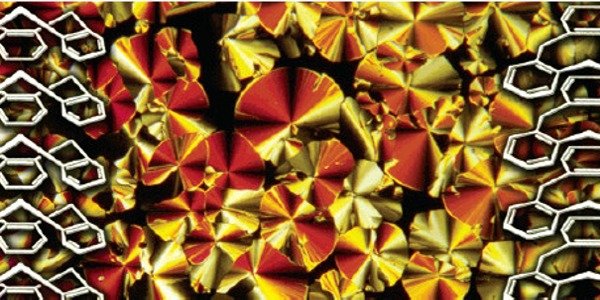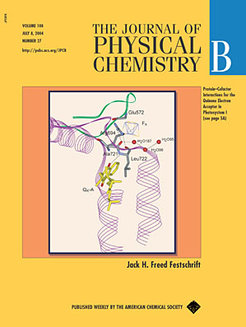
Zimmermann Group
Synthesis of isotopically labelled molecules with 13C, 2H, 17O, 18O, 15N (Neurotransmitters, Electron-spin-labels for proteins, Quinone-acceptors). Development of new discotic and pyramidic mesophases; Cooperations with the Weizmann-Institute, Dartmouth Medical School, Arrhenius Laboratory, Stockholm; ETH Zürich, FU Berlin and Osaka-Sangyo University.
Asymmetric Hydrogen-Bonding of the Quinone Cofactor in Photosystem I Probed by 13C-Labeled Naphthoquinones

The figure illustrates the case of a special protein-cofactor interaction using the example of the quinone electron acceptor (yellow, QK-A) which functions as a one electron gate in photosynthetic charge separation. The X-ray structure of Photosystem I (1JB0) suggests a single H-bond (marked as broken line in the center of the Figure) connecting the protein backbone (Ala721) and one of the quinone carbonyl groups. Advanced EPR experiments (see pages 9439-9448) enable us to identify and characterize this prominent H-bond in the transient functional chargeseparated intermediate state in even greater detail. The significant H-bond strength may be stabilized by the extended network of H-bonds seen on the other side of the protein backbone.
